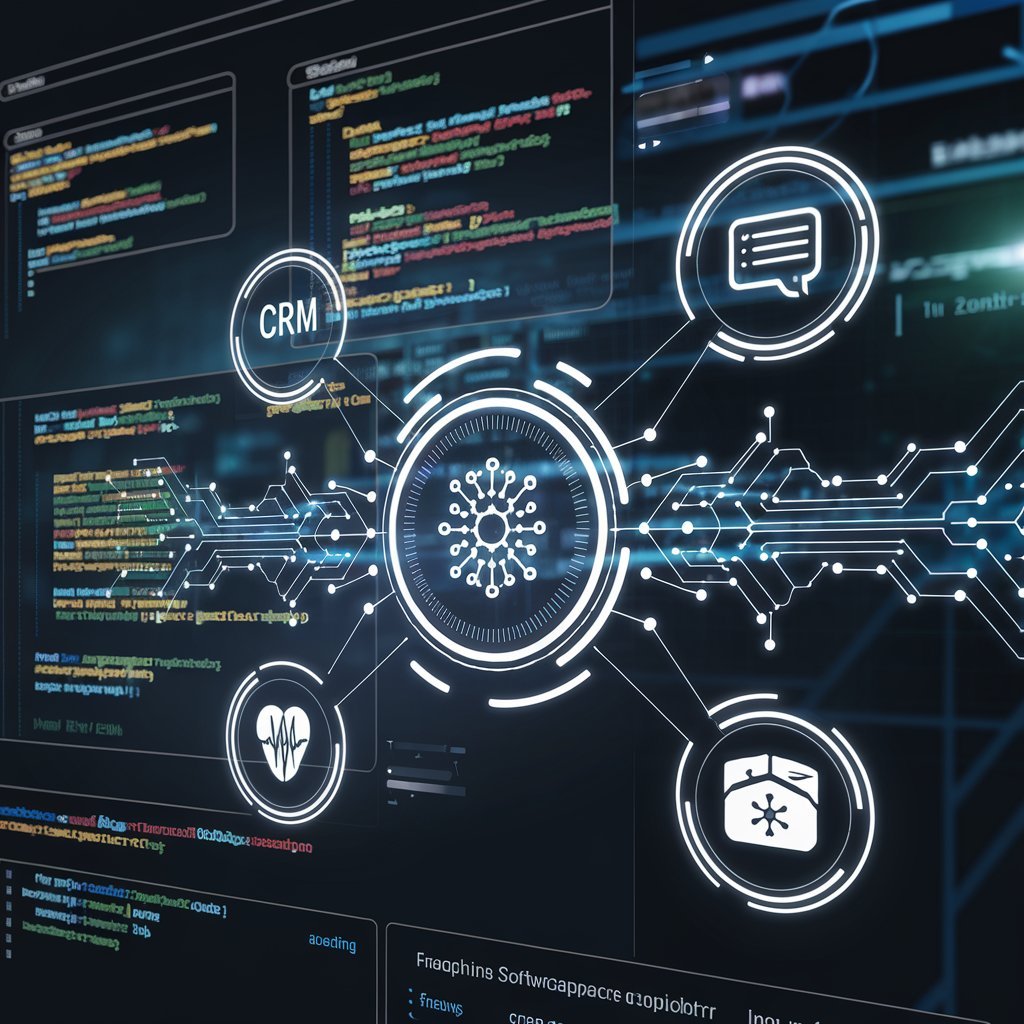The world of software applications has undergone a significant transformation in recent years, primarily due to the integration of machine learning (ML). What was once limited to a few niche areas is now widespread across industries, making software smarter, faster, and more intuitive. Machine learning, a subset of artificial intelligence (AI), allows software to learn from data and make decisions without explicit programming for every scenario. This guide explores how ML has transformed common software applications and what this means for developers, businesses, and users.
1. Introduction to Machine Learning
Before diving into the applications, let’s briefly define what machine learning is. ML refers to algorithms that allow computers to analyze vast amounts of data, recognize patterns, and improve their performance on a task over time without human intervention. This ability to learn from data enables applications to perform tasks such as recognizing speech, identifying objects in images, predicting trends, or suggesting products to customers.
Key Machine Learning Techniques:
Supervised Learning: Learning from labeled data.
Unsupervised Learning: Finding patterns in unlabeled data.
Reinforcement Learning: Learning by trial and error to maximize reward.
Deep Learning: Leveraging neural networks for complex tasks like image and speech recognition.
2. Transforming Common Software Applications
A. Customer Relationship Management (CRM) Systems
Customer Relationship Management (CRM) software, like Salesforce, HubSpot, and Zoho, has been revolutionized by machine learning. ML algorithms analyze historical customer data to predict future behaviors, making sales and marketing strategies more precise.
Lead Scoring: ML models can evaluate the likelihood of a lead converting into a sale based on past interactions, allowing businesses to focus on high-value prospects.
Churn Prediction: By identifying patterns that signal customer dissatisfaction, ML can predict churn and recommend strategies for retention.
Personalized Marketing: ML algorithms create personalized campaigns by analyzing customer behavior, leading to better engagement and higher conversion rates.
B. E-commerce Platforms
E-commerce platforms like Amazon, eBay, and Shopify have significantly benefited from machine learning’s capabilities, particularly in enhancing user experience and optimizing operations.
Recommendation Engines: ML algorithms analyze purchase history, browsing behavior, and other user data to provide personalized product recommendations, boosting sales.
Dynamic Pricing: Based on market trends, competitor pricing, and demand, ML models adjust prices in real time to maximize profitability.
Inventory Management: Machine learning can forecast demand effectively, ensuring optimal stock levels, minimizing overstocking, and preventing stockouts.
C. Search Engines
Search engines like Google rely heavily on machine learning to deliver accurate and relevant search results. ML enables search engines to understand the context and intent behind queries, providing better user experiences.
RankBrain: Google’s RankBrain uses machine learning to improve the relevance of search results by understanding the meaning behind user queries.
Natural Language Processing (NLP): NLP, a subset of ML, allows search engines to more fully comprehend and process natural human language, improving the quality of responses for voice search or long-tail queries.
Image and Video Search: With ML, search engines can recognize and classify images and videos, making them searchable by context and content.
D. Healthcare Software
Healthcare software applications are being transformed by machine learning, providing advanced diagnostic tools, personalized treatment plans, and improved patient care.
Diagnostic Tools: Machine learning algorithms analyze medical images (such as X-rays, MRIs) to detect diseases like cancer, often more reliably than human doctors.
Predictive Analytics: By analyzing patient data, ML can predict the likelihood of conditions such as diabetes or heart disease, allowing for early intervention.
Personalized Medicine: ML models analyze genetic, lifestyle, and environmental factors to recommend specific treatment plans tailored to individual patients.
E. Financial Software
Machine learning drives innovation in financial software applications, from fraud detection to stock market analysis.
Fraud Detection: ML models detect unusual transaction patterns and flag potential fraud faster and more accurately than rule-based systems.
Credit Scoring: Traditional credit scoring models rely on a limited data collection Machine learning algorithms analyze a broader array of factors, resulting in more accurate and fair assessments.
Algorithmic Trading: ML algorithms are increasingly used in high-frequency trading to analyze vast amounts of market data in real-time and execute trades at optimal times.
F. Social Media Platforms
Social media platforms like Facebook, Twitter, and Instagram utilize machine learning extensively to enhance user experience and drive engagement.
Content Personalization: ML algorithms analyze user behavior, likes, and interactions to create personalized content feeds that engage users.
Ad Targeting: By analyzing user data, machine learning helps advertisers target the right audience with precision, improving ad effectiveness and return on investment (ROI).
Moderation: Machine learning is used to detect and remove harmful or inappropriate content by analyzing language, images, and videos in real-time.
3. The Impact of Machine Learning on User Experience
Machine learning has significantly improved user experiences across various software applications by making them more responsive, intelligent, and personalized. Users now expect software to anticipate their needs and offer relevant content, products, or services seamlessly.
Key Impacts on User Experience:
Personalization: Personalized recommendations, ads, and content are becoming the norm, increasing user satisfaction and engagement.
Automation: Repetitive tasks are increasingly automated, allowing users to focus on more complex activities.
Efficiency: Machine learning optimizes processes, making software applications faster and more efficient.
4. Challenges of Machine Learning in Software Applications
Despite the many benefits, integrating machine learning into software applications also presents challenges.
A. Data Privacy and Security
Machine learning requires vast amounts of data to function effectively, raising concerns over how user data is collected, stored, and used. Companies must comply with privacy regulations like GDPR and protect user data from breaches.
B. Bias in Algorithms
Machine learning models can perpetuate or even amplify existing biases present in the training data. Developers must ensure models are trained on diverse, representative data sets to avoid biased outcomes.
C. Interpretability
Many machine learning models, particularly advanced learning systems, are considered “black boxes,” meaning their decision-making processes are not easily understandable. Ensuring transparency and interpretability is crucial, especially in industries like healthcare and finance.
5. The Future of Machine Learning in Software Applications
The future of software applications is inextricably linked to the continued advancement of machine learning. As ML techniques become more sophisticated, we can expect applications to become even more autonomous, predictive, and user-friendly. The rise of edge computing, where ML models are deployed on local devices rather than in the cloud, will expand ML’s reach, enabling faster and more secure processing.
Emerging Trends:
Federated Learning: Distributed learning models where data is processed locally to improve privacy and reduce latency.
Explainable AI (XAI): Efforts to make machine learning models more interpretable and transparent to end-users.
AutoML: Automated Machine Learning will democratize ML, allowing non-experts to build and deploy ML models.
Conclusion
Machine learning has already changed the landscape of common software applications, and its influence will only grow. From improving customer experiences and automating tasks to providing advanced analytics, ML is at the heart of the software revolution. Businesses and developers that harness its power effectively will remain competitive in the rapidly evolving digital world. For end-users, the benefits are clear: smarter, faster, and more intuitive software that can anticipate and meet their needs in ways previously unimaginable.





